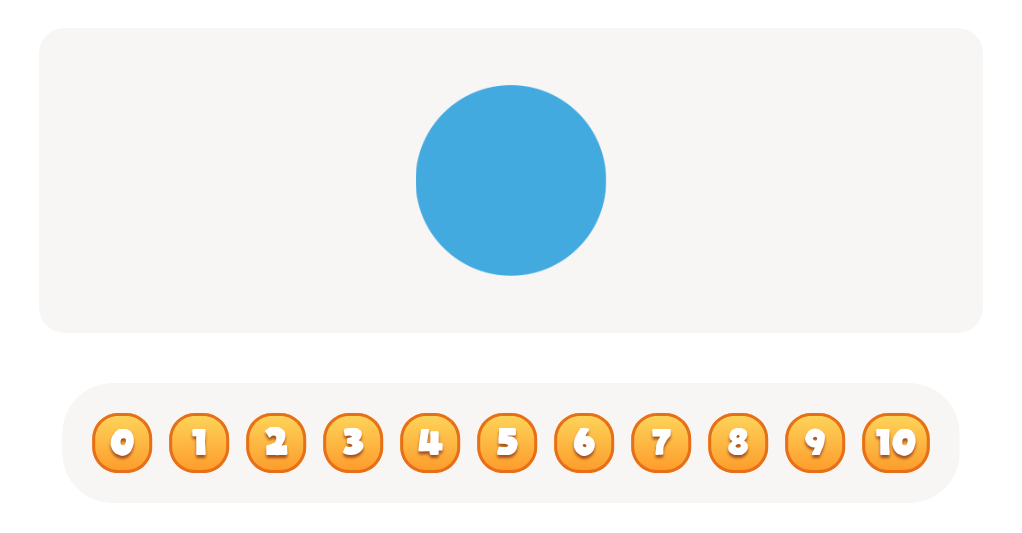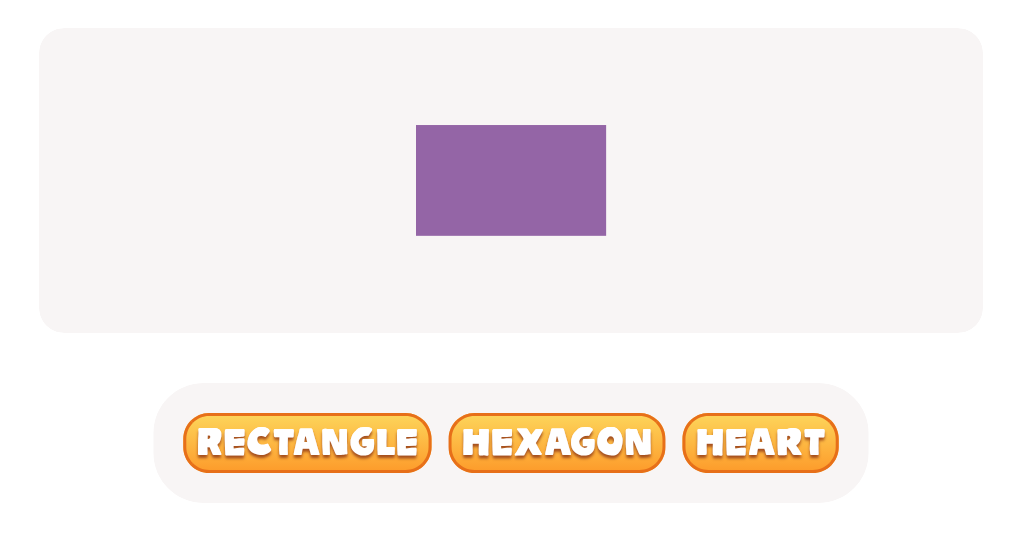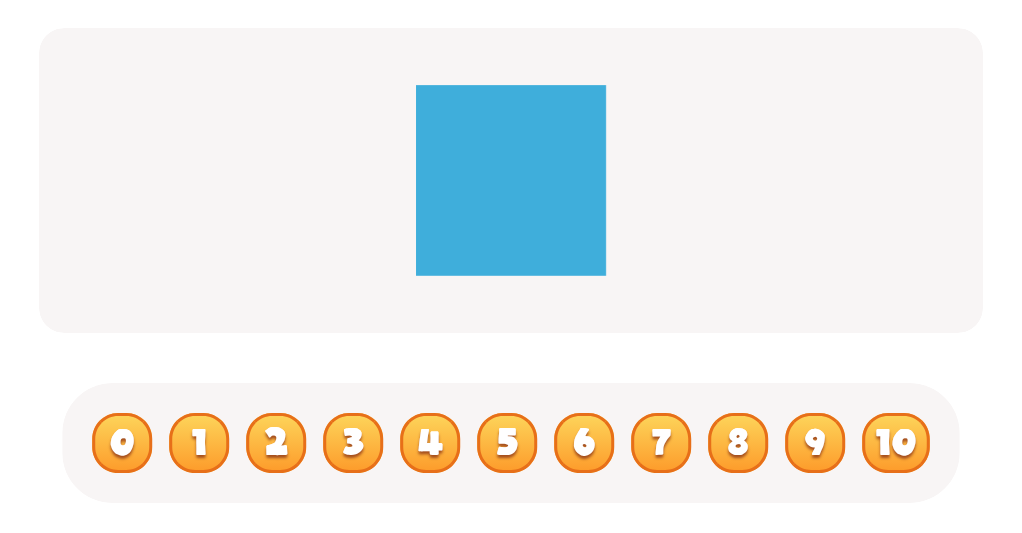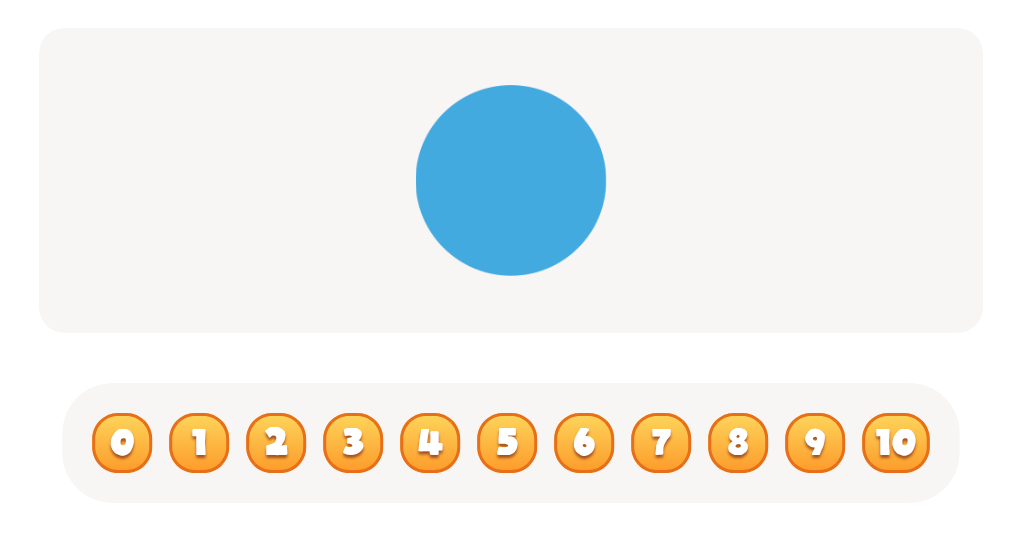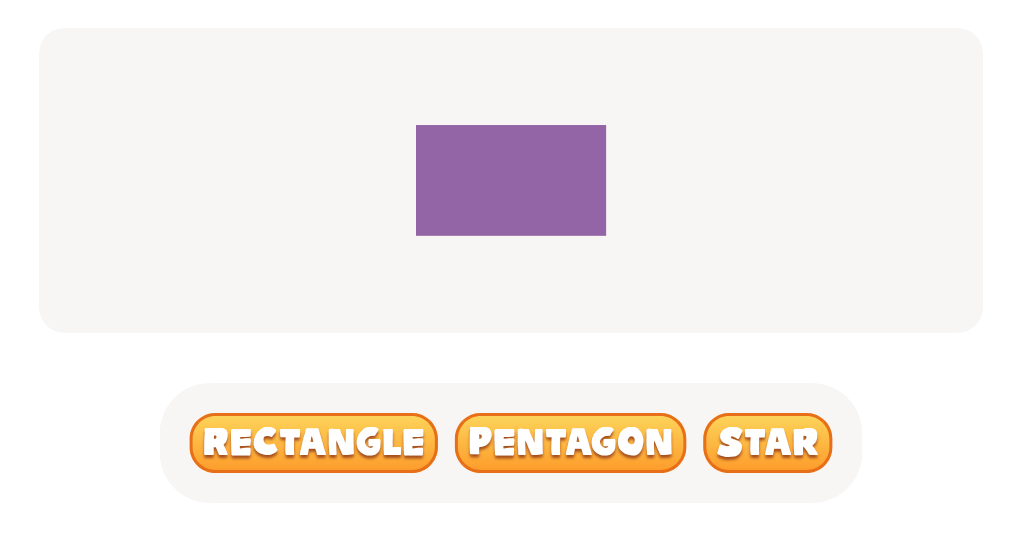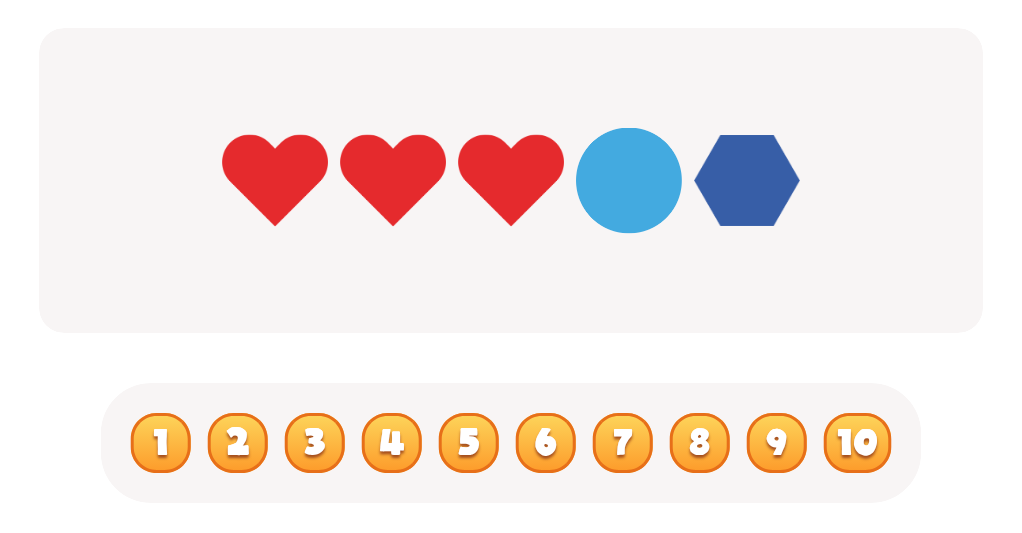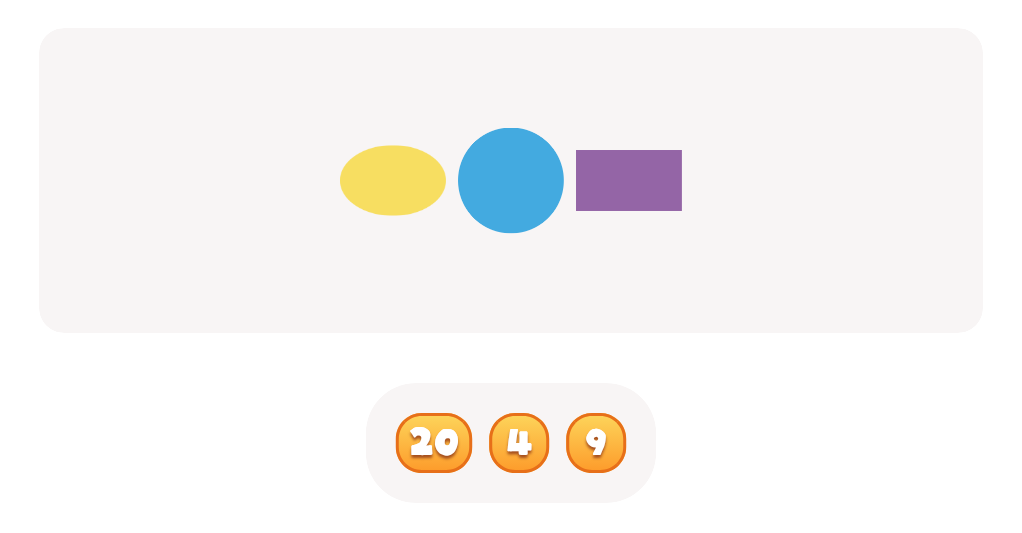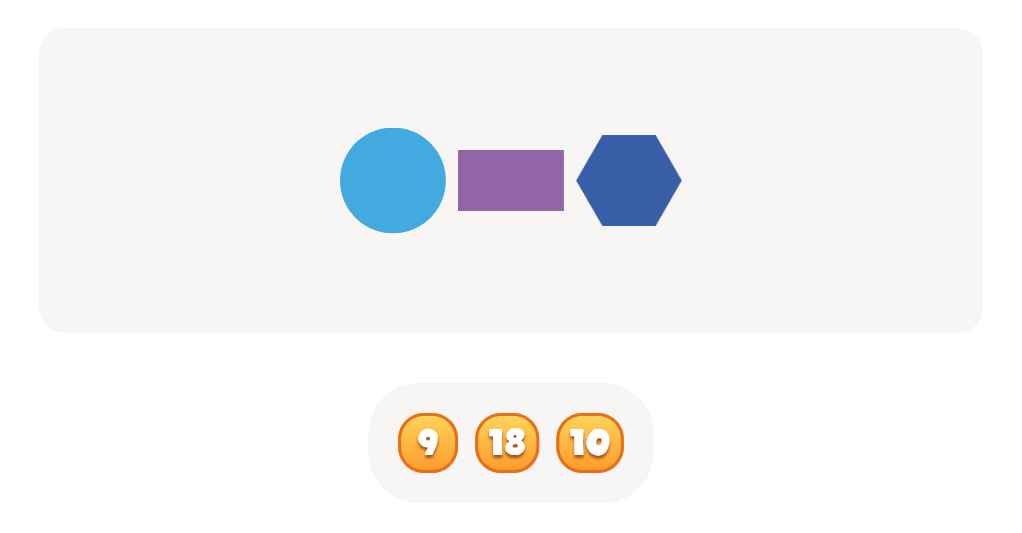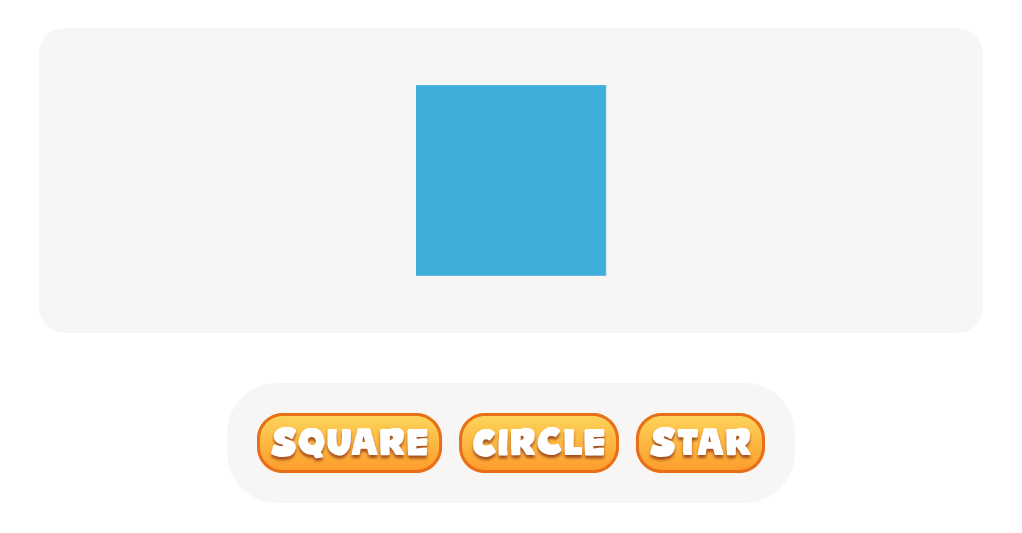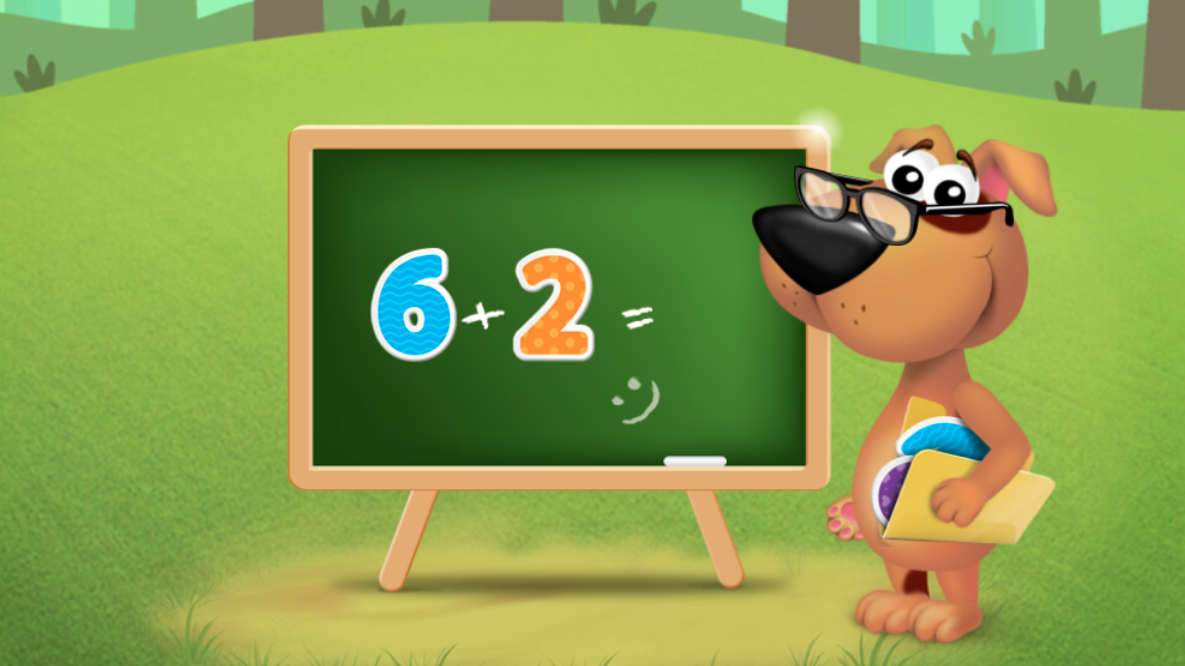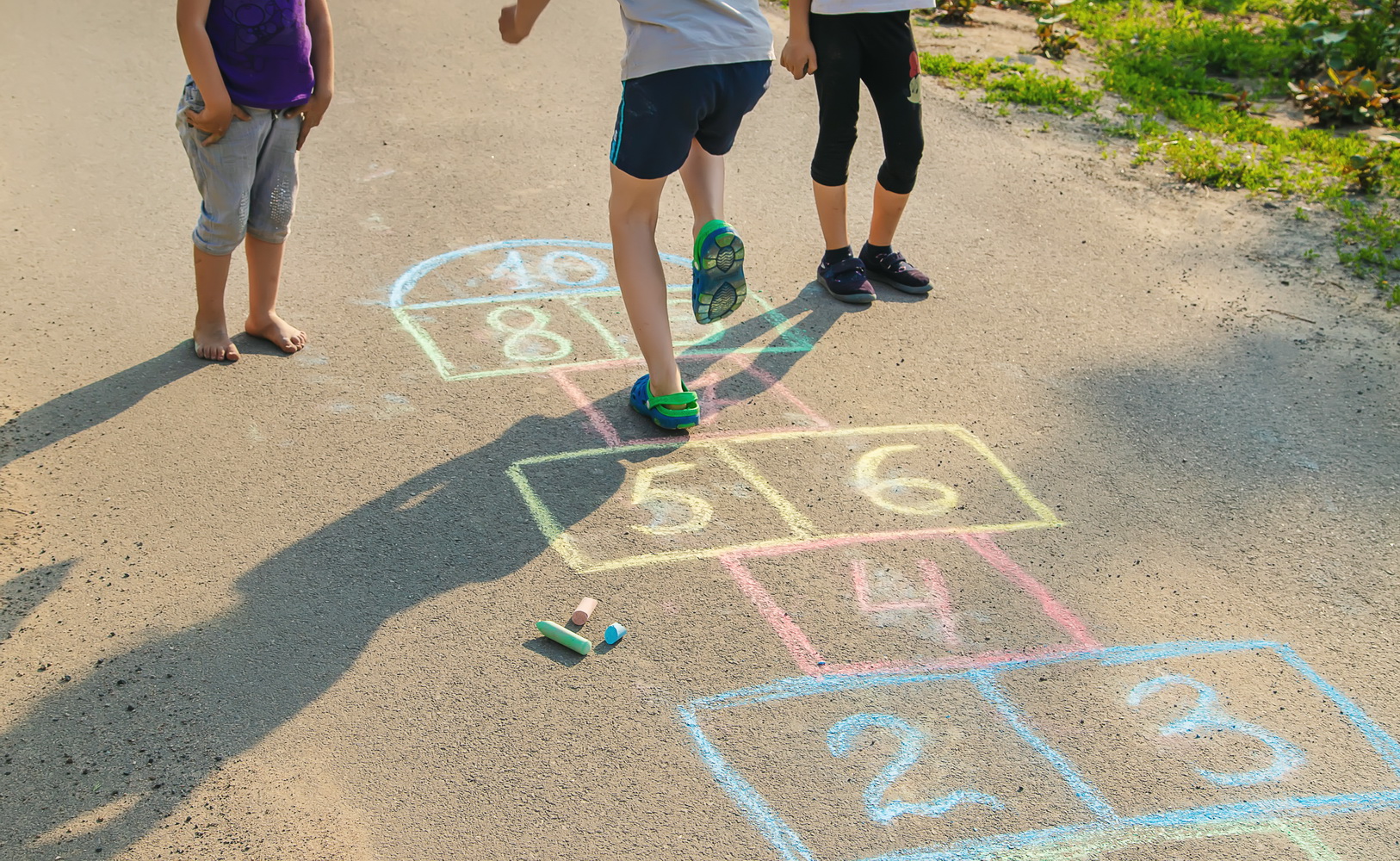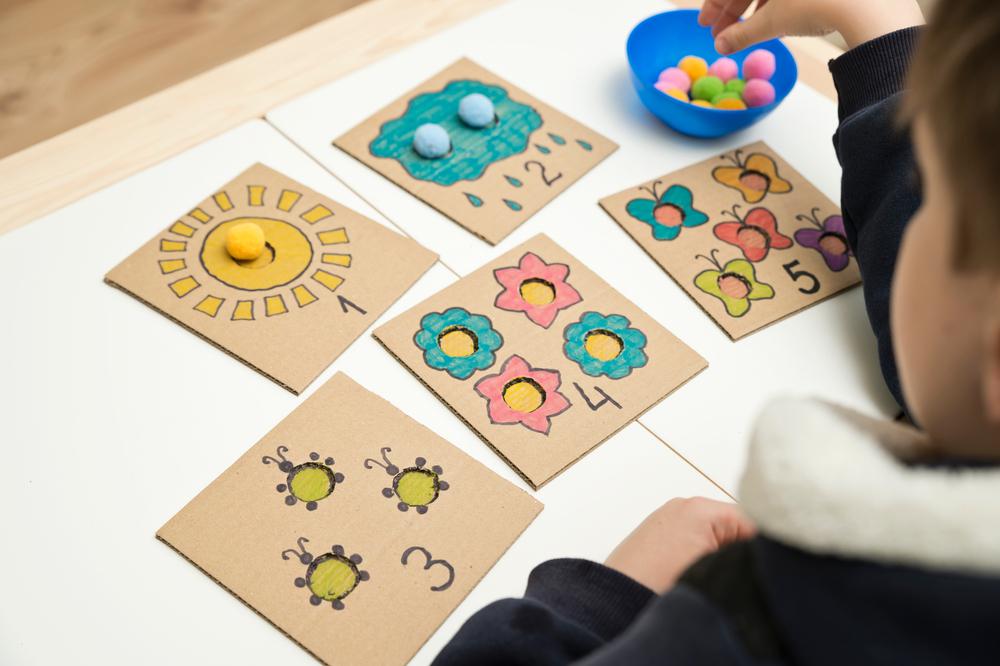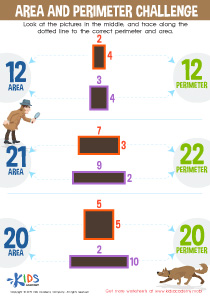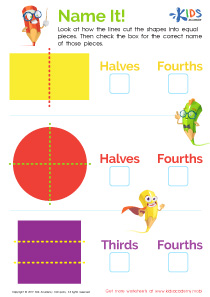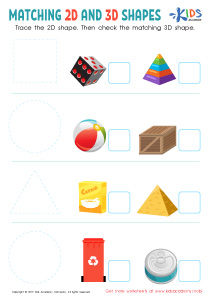Shape identification 2D Shapes Worksheets for 8-Year-Olds
3 filtered results
-
From - To
Discover our engaging 2D Shapes Worksheets designed specifically for 8-year-olds, perfect for enhancing shape identification skills. These interactive worksheets encourage children to explore and recognize various 2D shapes, including circles, squares, triangles, and more. With colorful illustrations and fun activities, students will enjoy practicing their knowledge as they complete exercises tailored to their learning level. Ideal for classroom use or at-home practice, our worksheets aim to build confidence in shape recognition while developing critical thinking and observation skills. Download your free printable worksheets today and help your child master 2D shape identification in a fun and enriching way!
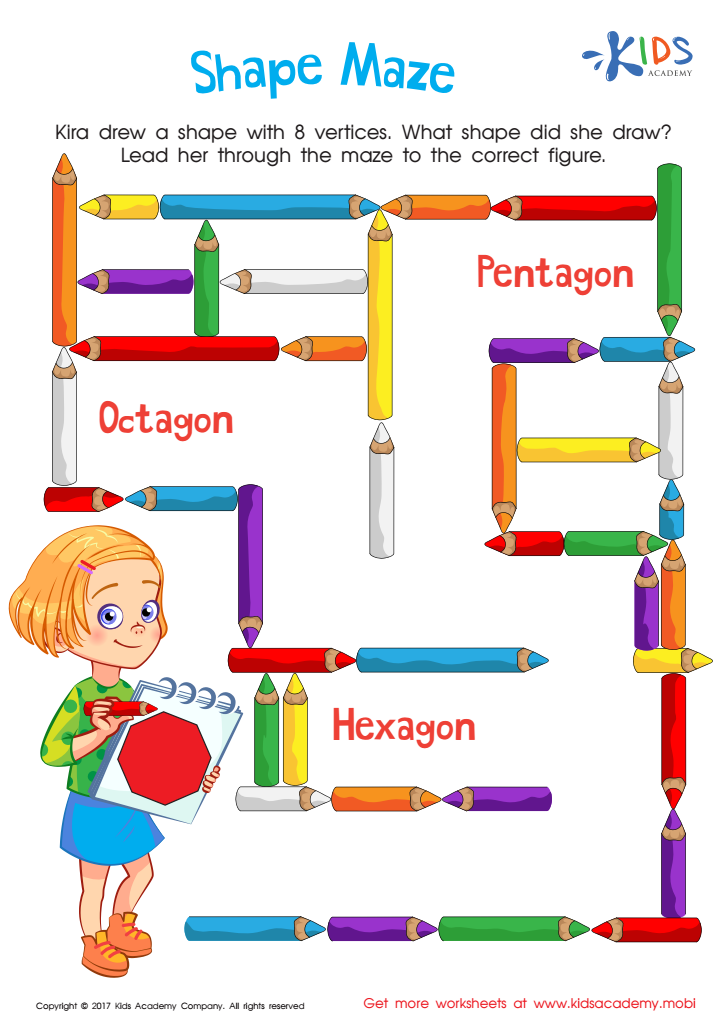

Shape Maze Worksheet
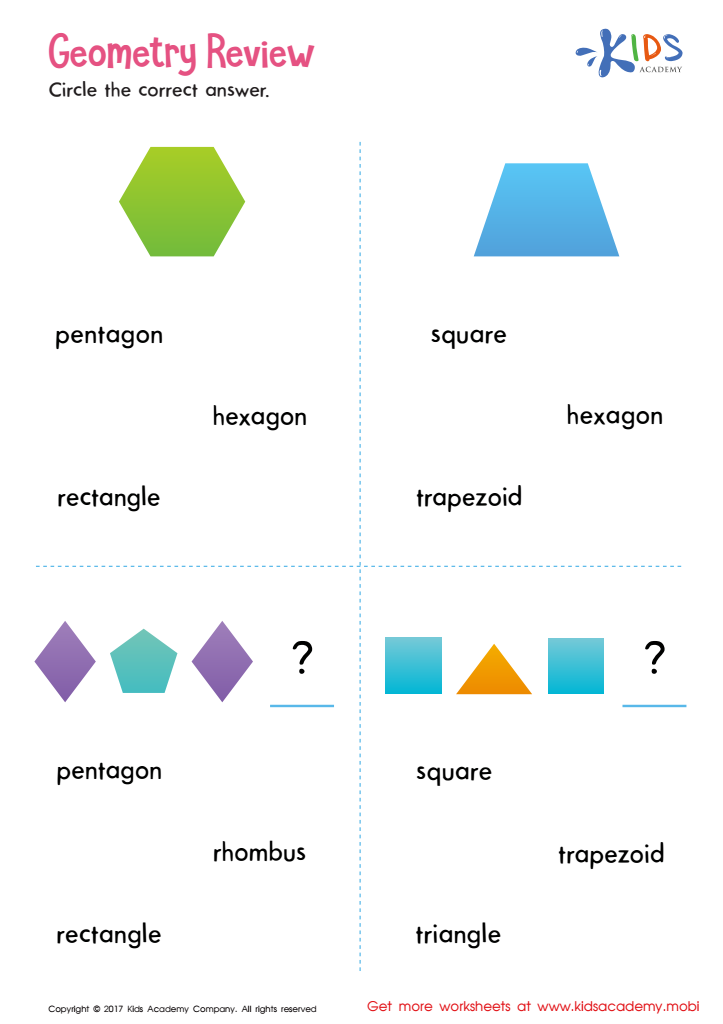

Geometry Review Printable
Shape identification, especially of 2D shapes, is a foundational skill for 8-year-olds that extends well beyond the classroom. Understanding shapes is crucial for developing spatial awareness, which aids in problem-solving and critical thinking. As children learn to identify and categorize shapes, they enhance their cognitive abilities, allowing them to recognize patterns and relationships in their environment.
Moreover, shape identification lays the groundwork for advanced mathematical concepts. It helps children grasp ideas like symmetry, congruence, and geometry, which are essential as they progress in math education. Skills in identifying 2D shapes also promote their ability to visualize and represent their thoughts, boosting creativity and design skills.
Engaging with shape activities fosters collaboration and communication as children discuss properties, compare shapes, and work together on projects. Through hands-on experience, kids gain improved motor skills and gain confidence in their exploratory abilities.
Ultimately, parents and teachers should care about shape identification because it supports holistic development—integrating language, math, social skills, and creativity. A strong foundation in shape recognition equips children with the tools they need to analyze the world around them, laying the groundwork for lifelong learning and critical thinking.
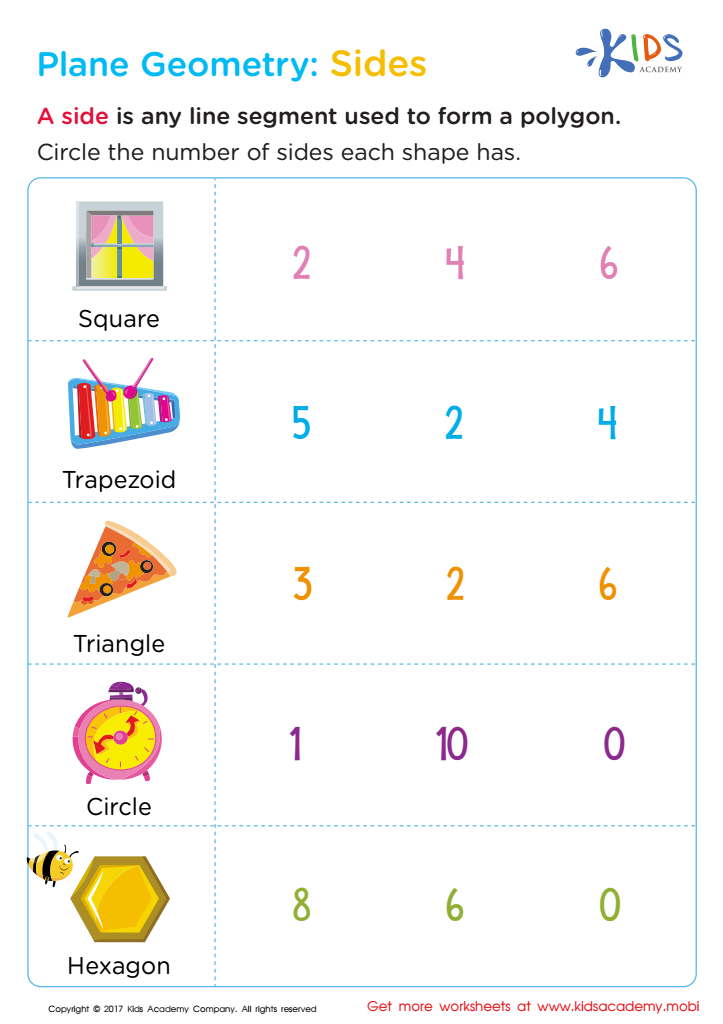
 Assign to My Students
Assign to My Students
